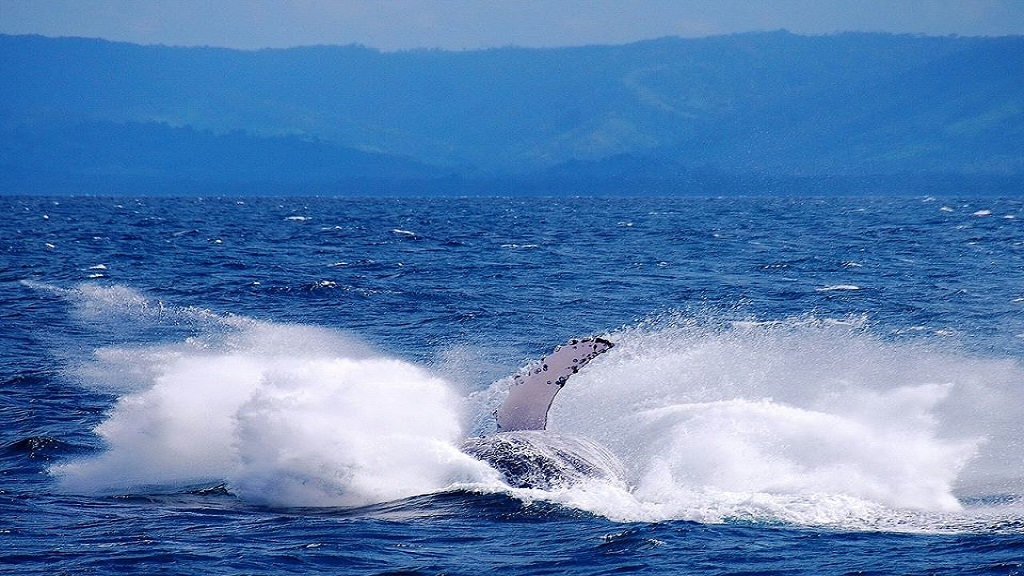Megapterae novaengliae whales are the most spectacular ocean giants that can be observed in Dominican waters. These mammals, which can weigh up to 40 tons, choose these waters to mate and reproduce. During this time they will not be nourished and will live on their fat reserves accumulated during their stay in the north.

La Ballena Salto The Dominican Republic regulates whale watching, protects marine mammals against hunting and, at the same time, encourages whalewatching as an economic alternative.
Neque porro quisquam est, qui dolorem ipsum quia dolor sit amet, consectetur, adipisci velit, sed quia non.
– Logan Mortan
Humpback whales are not the only ones that transit the country’s coasts, we are also visited by orcas, Bryde whales, Minke, Uvier, Sei, pilot and pygmy sperm whales. The marine bank located in the north of the country and located between Samaná and Puerto Plata is very important, not only for love rituals, but also for the birth of calves.
In this area there are many coral banks, which create a natural barrier against the wind and the ideal conditions for the reproduction of the whales and the growth of the whales.
The particularly favorable conditions of the waters included between the two localities of Mexican Whale Fin allow the largest concentration of humpback whales in the world. For this reason in 1986, the Bay of Samaná, was declared a Marine Mammal Sanctuary.
An excursion to see the enamored and singing whales usually lasts half a day. A short navigation will be enough to get close to the first groups and admire the males courting the females, exhibiting themselves with prodigious jumps pulling their entire bodies out of the water.
The season for your observation is from January 15 to March 15.
